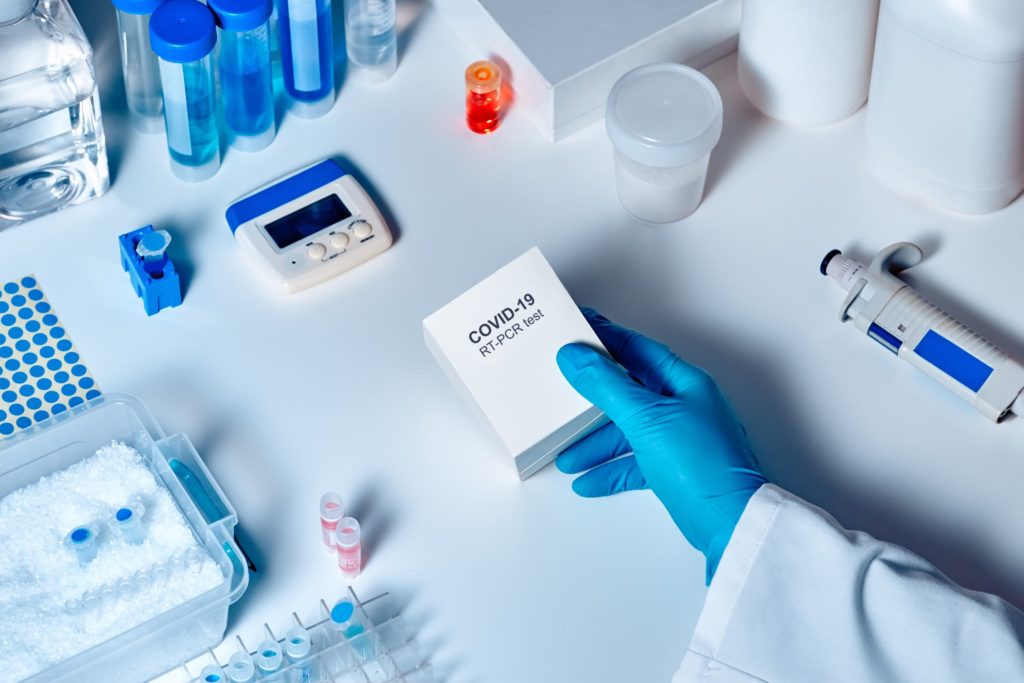
CEBU CITY, Philippines — Health officials in Cebu on Sunday, May 31, denied reports of a breakdown of a machine used to detect SARS-CoV-2, the virus that causes coronavirus disease 2019 (COVID-19), in swab samples.
The Department of Health in Central Visayas (DOH – 7) and the hospital administration of Vicente Sotto Memorial Medical Center (VSMMC) said that the real-time polymerase chain reaction (RT-PCR) in the latter did not undergo repairs.
In a series of messages sent to the media, DOH-7 director, Dr. Jaime Bernadas, clarified that a team of technicians arrived in VSMMC on Friday, May 30, to install ribonucleic acid (RNA) extractors donated by the national government, and not to fix machines.
“No machine broke down and nothing was fixed,” Bernadas said in Cebuano.
The two RNA extractors were donated by the anti-coronavirus task force as part of their fulfillment to increase the existing testing capacities of Cebu’s laboratories. The other one was installed at the Cebu TB Reference Laboratory Molecular Facility for COVID-19 Testing (CTRL-MFCT) in the DOH-7’s property.
“(The machines) are already running,” Bernadas added.
Cebu has a total of three molecular laboratories qualified to carry out COVID-19 tests.
Aside from the VSMMC and the CTRL-MFCT, the other one is located in ARC Hospital in Lapu-Lapu City, which is the first privately owned laboratory certified to do coronavirus testings.
Test Kits
The Inter-Agency Task Force for Management of Emerging Infectious Disease (IATF-MEID) is planning for Cebu to reach a testing capacity of 10,000 samples per day.
READ MORE: IATF’s plans: 10K COVID tests in Cebu’s labs in a day
With the arrival of the new equipment, Bernadas said they were now looking for the province to have a total capacity of 2,000 tests per day from the two government laboratories alone.
“At full capacity, each laboratory can do 800 tests per day for Sansure SSR (Sample Storage Reagent) through RNA extractors and manual extraction of 200 tests per day. That’s a total of 1,000 tests per day in each laboratory. (But only) when all supplies are available — swab kits, UTMs (universal transport mediums), reagents, and extractor kits plus other consumables,” he explained.
However, Bernadas said they would still need to address several challenges along the way which would include replenishing supplies needed if it meant achieving the maximum testing capacity consistently.
“Our central office is doing the procurement. We are requesting for these supplies periodically. It has to be done this way since there are no available suppliers to replenish us these (supplies),” said Bernadas.
DOH-7’s top official also said that the two RNA extractors required a type of test kit different from the ones used for RT-PCR techniques.
“The only problem for both labs is that two sets of kits are needed now that we have two different PCR machines with individual compatibilities. But one set can only run on a specific kit. Both of these should be available for both machines to run in full capacity,” he added.
As of May 30, the VSMMC has tested a total of 17, 986 samples of which 16, 737 are from Central Visayas. /dbs